
After being away from the Mara in a place of winter and cold over the holidays, the new year greeted me with sunshine, warmth and wonderful sightings. One of my favourite characters in the Triangle, Risasi and her cubs were spotted right near the road as we were heading south towards the Tanzania border by the Mara River. This time of year, the vehicles are few and we were only one of two cars with her. As usual, she was perched on a mound with her cubs surrounding her. I was immediately struck by how big they have gotten; it has been some time personally since I have seen them. They are almost the same size as their mother who has kept them very well-fed.
In fact, we heard that she made a kill later that same day that these photos were taken. The Mara Conservancy has done a wonderful job protecting these vulnerable cats and has helped them reach early adulthood. We received news from the rangers that vehicles are allowed to off-road for this family now to allow for better viewing — they are now mature enough to protect themselves.



Guide Jeremy was lucky enough to run into the lone Angama Pride female not far from the Olololo Escarpment. He captured some incredible pictures, similar to what Robert saw last week. She has been targeting zebras lately with some success. Jeremy watched as she stalked a herd and tried to bring one down for her and her cubs. Unfortunately, she was unsuccessful and the zebra managed to get away. It is a tough life for her as she has to fight for her family by herself. Here, she gets kicked in the face by the zebra as it runs away — a dangerous gamble as zebra kicks can be lethal if landed properly.
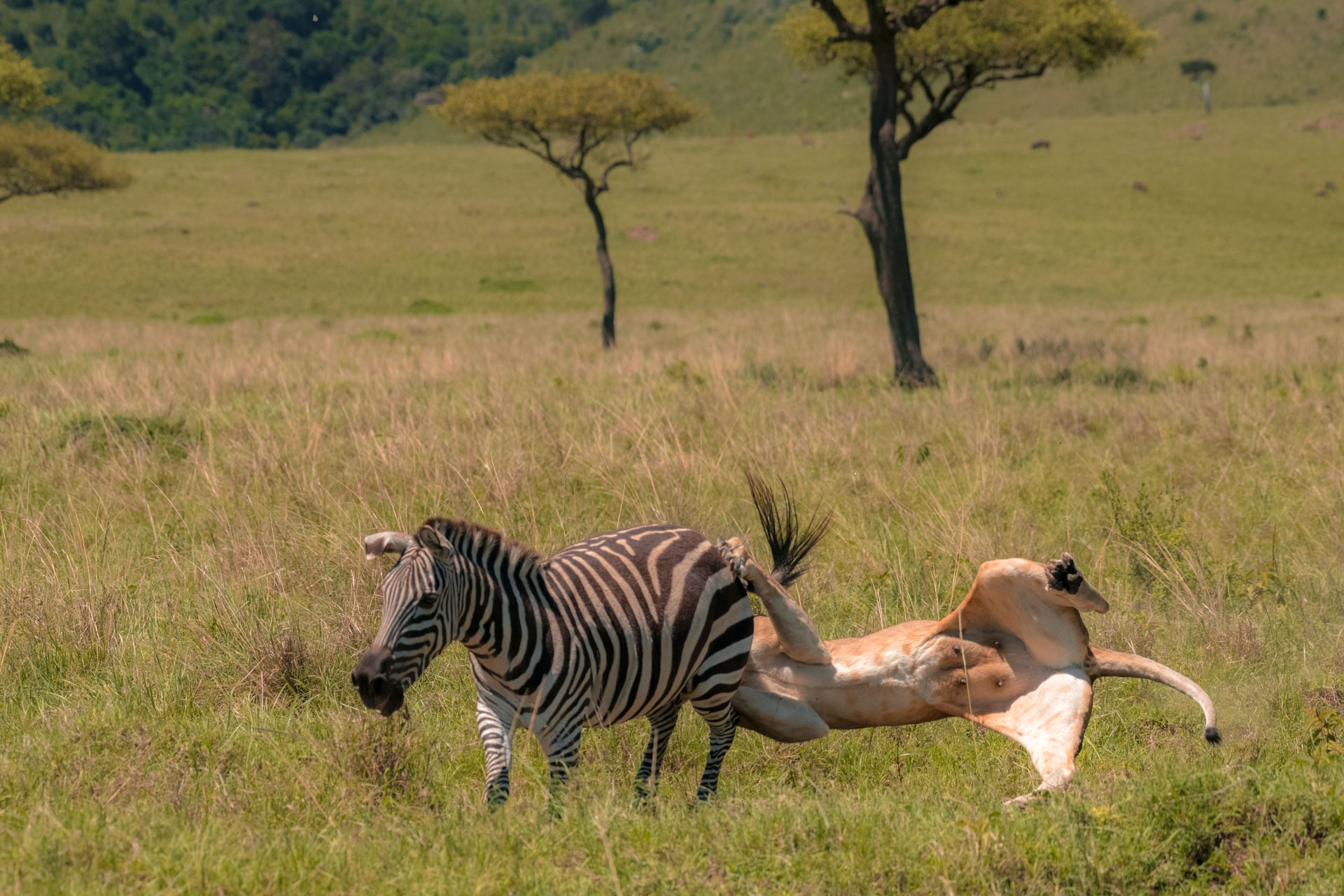

The Mara River is a stage for some of the most epic wildlife dramas in all of nature. A collection of eclectic animals maneuver by, through, and in the water as it sustains them and brings life to the area. This week we saw an interesting crossing — but not one you might think. It was the infamous Shujaa with a distinct scar on his eye, one of the biggest leopards I have ever seen, and the largest in this area. He was spotted crossing the Mara River from one side to the other. Later in the same day, we saw him up on a mound, looking like a sphinx. He has a certain aura and undeniable presence. We watched as he slowly scanned the environment and then, within moments, disappeared into the tall grass.
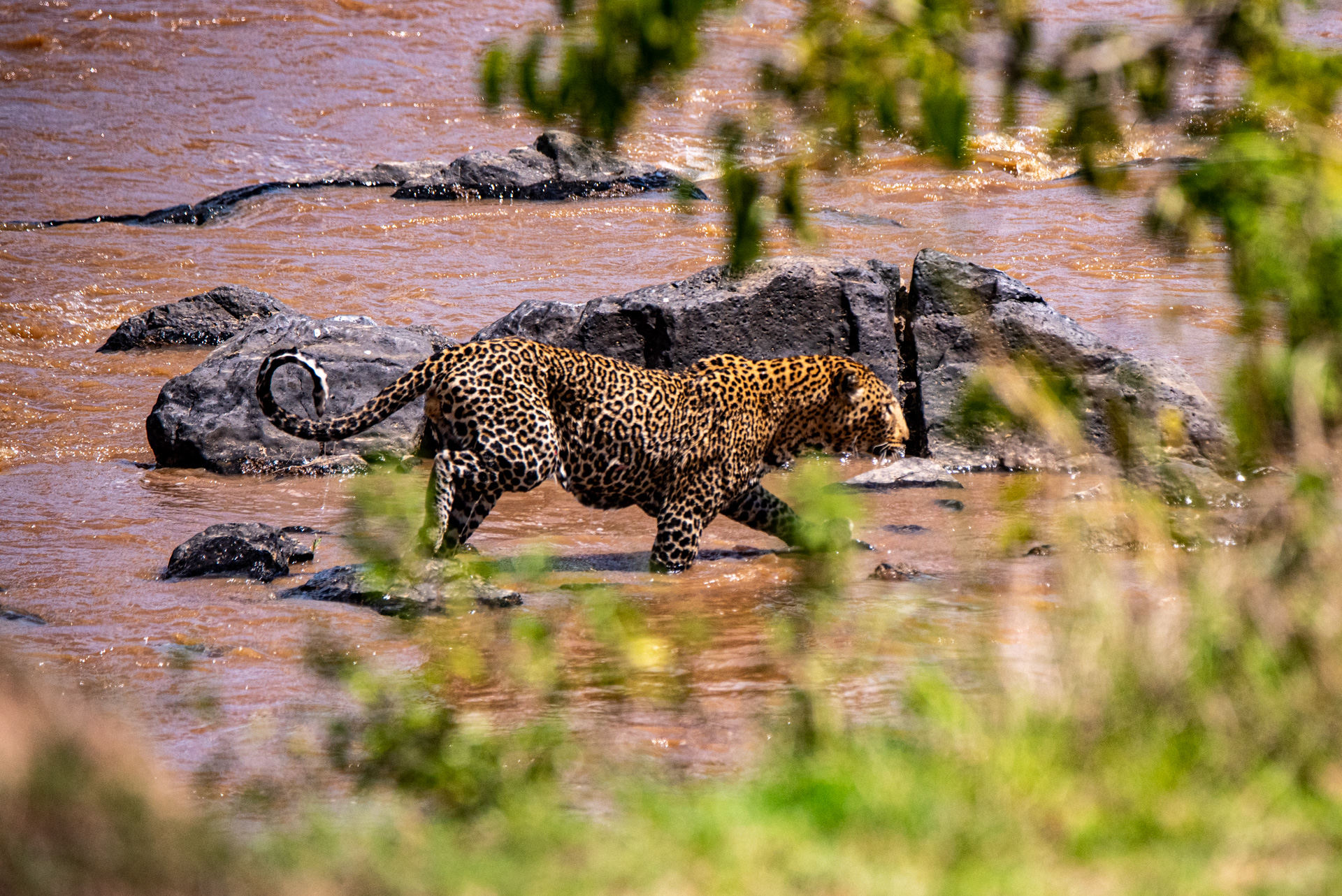


Giraffes are thriving here in the Mara, seen regularly around the lodge and even down in the Triangle from the rooms. As they majestically float through the grasslands we are blessed to be able to see them on nearly every game drive. They play such an essential role in the ecosystem, eating the bush that other animals cannot reach promoting growth and seed distribution.
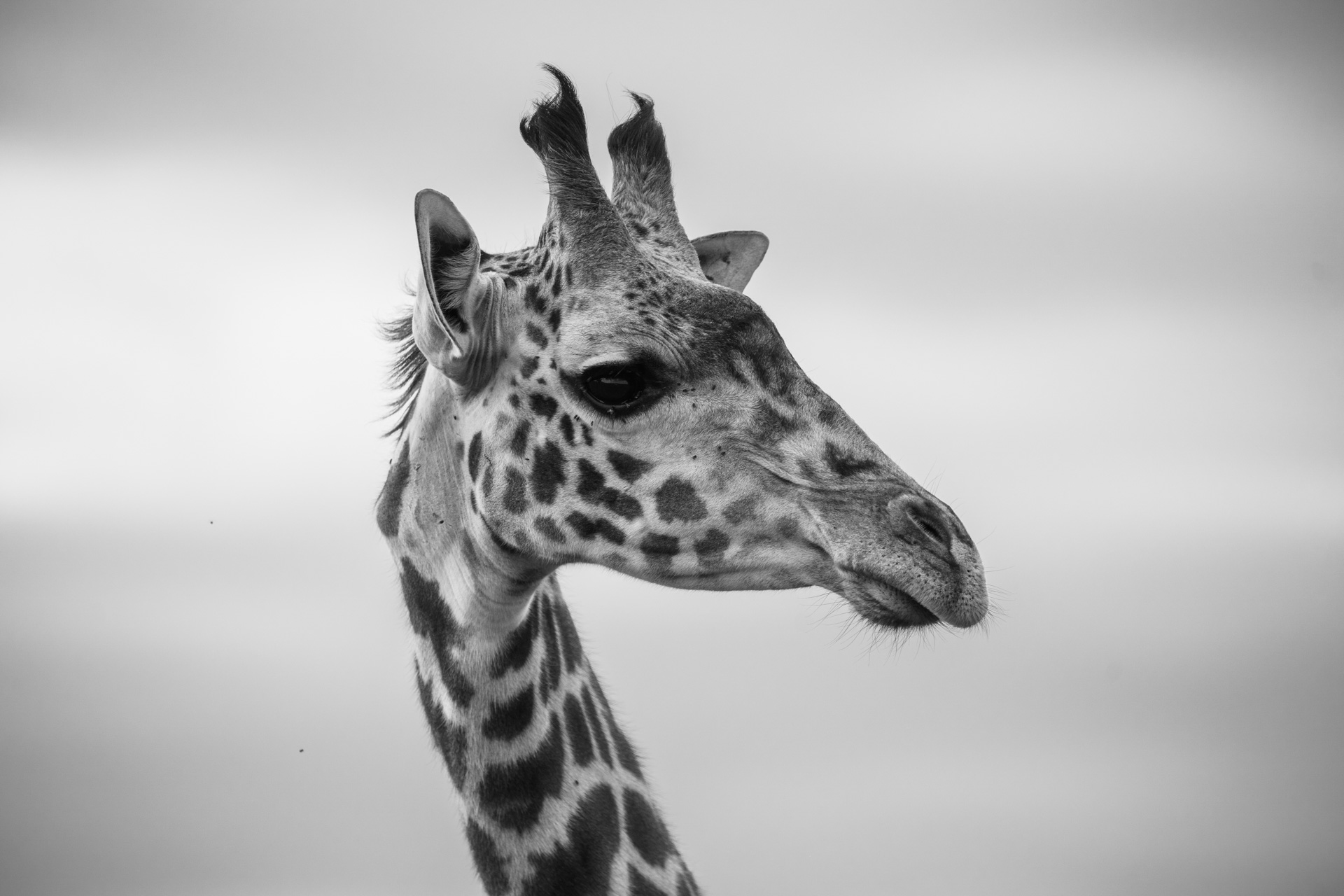

Near the river at Maji machafu, Douglas, Assistant Head Guide, ran into a few of the Inselberg males. It was a hot day and they were spotted drinking water — usually an indication that they had recently eaten. Not far from that area, we came across a serval right near the road. It was hunting but we did not see it catch anything. It slowly weaved through the grass going in and out of sight. Being eye-to-eye with a wild cat is an unforgettable experience, no matter the size.
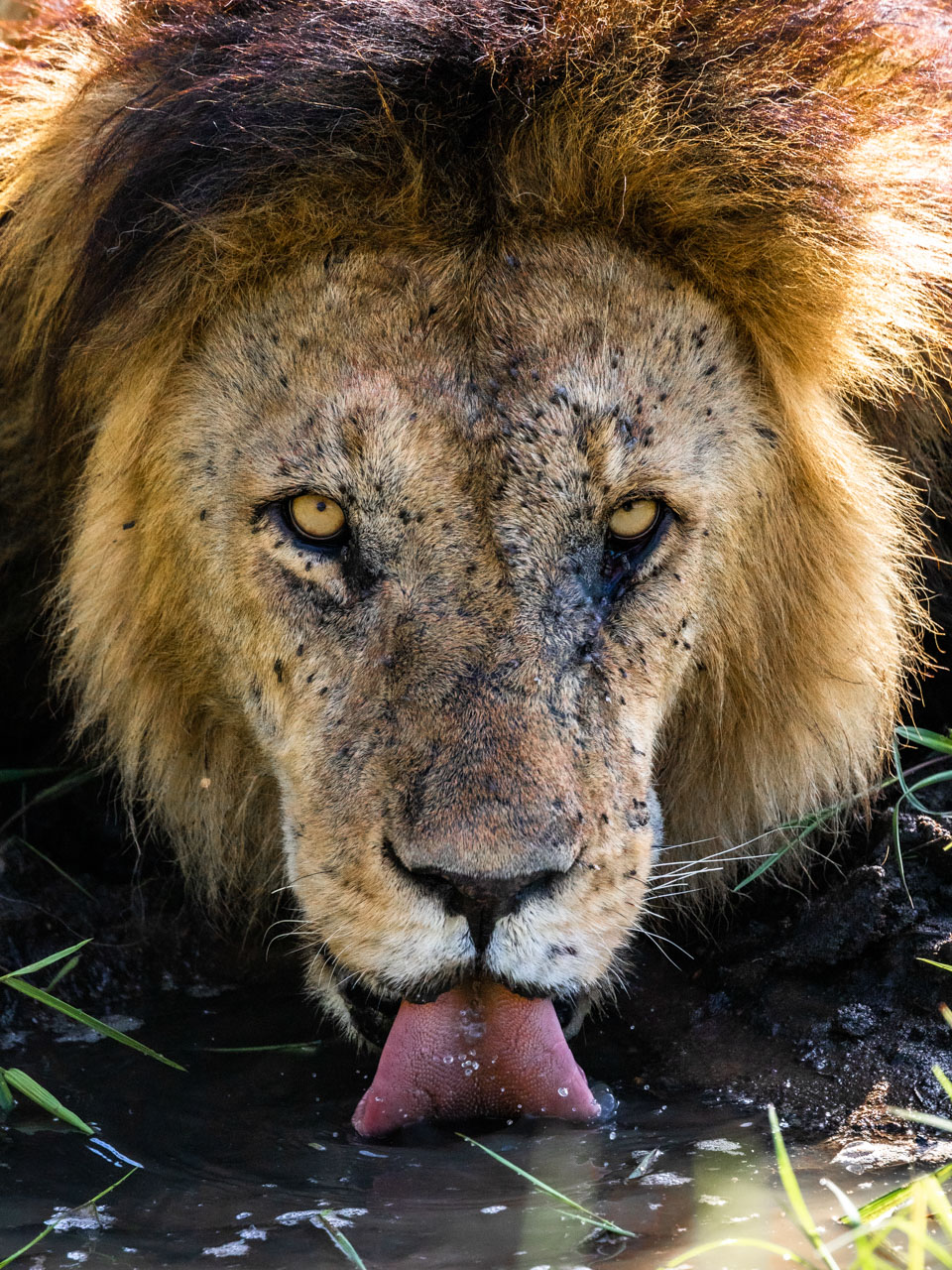

As I have mentioned in previous blogs, one of my favourite places in the Mara is Egyptian Pond — a precious oasis in a vast grassland. Approaching the pond on my first drive of 2023, I pulled up to the side of the road and turned off the engine then waited. At first, there was not much going on, some grey-backed fisscals were on bushes nearby. The resident Egyptian geese that give this area its name squawked loudly, moving quickly toward the water in a protective manner. I then noticed several small balls of fur rolling behind the adults — about 10 little ducklings. I watched as these little birds followed their parents' every move, gliding through the water. We also ran into the prehistoric helmeted guineafowl which looks like something from the era of dinosaurs; a blue and red similar to Angama's colours shone in the golden morning light. These animals have similar characteristics to dinosaurs that lived almost 200 million years ago.



To end on a particularly high note, one of our guests, Max Watson, was able to capture some pictures of the elusive pangolin while on safari with his family. This is an extremely rare sighting — pangolins are a critically endangered species due to high levels of poaching — their numbers Africa have drastically dropped. Next to Angama Mara some accommodation was built to house a research team to study and help protect these animals. We look forward to 2023 and a future where we can not just coexist with but appreciate nature.
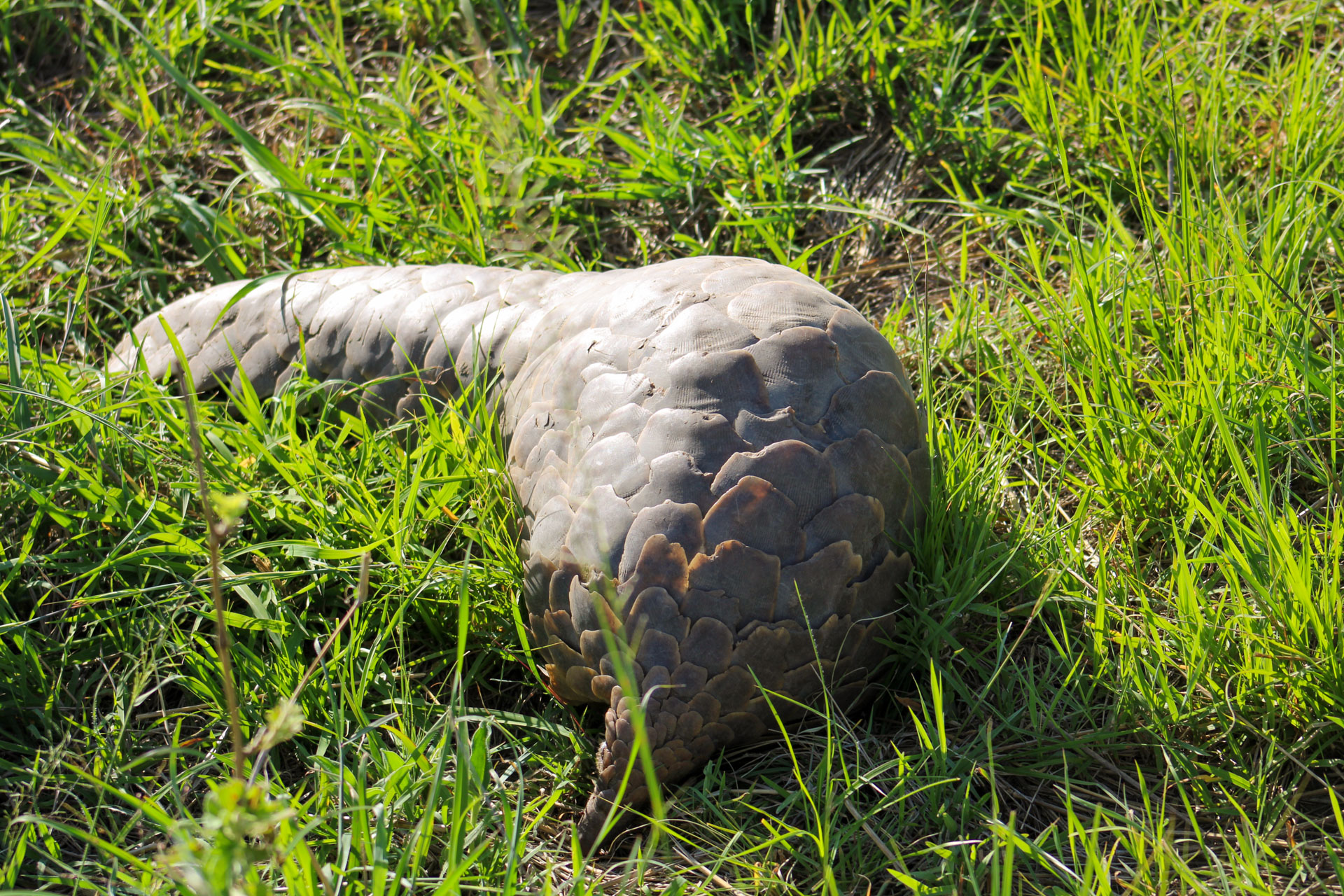
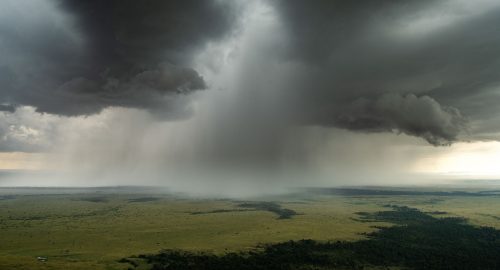
At the beginning of last year we were desperate for some rain. Our prayers were answered and we witnessed the heavens open as the much-anticipated rainwater seeped into the parched ground.
Filed under: This Week at Angama
Subscribe for Weekly Stories
Comments (0):
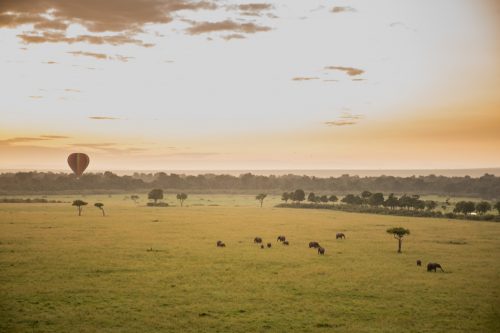
Hot-air Ballooning